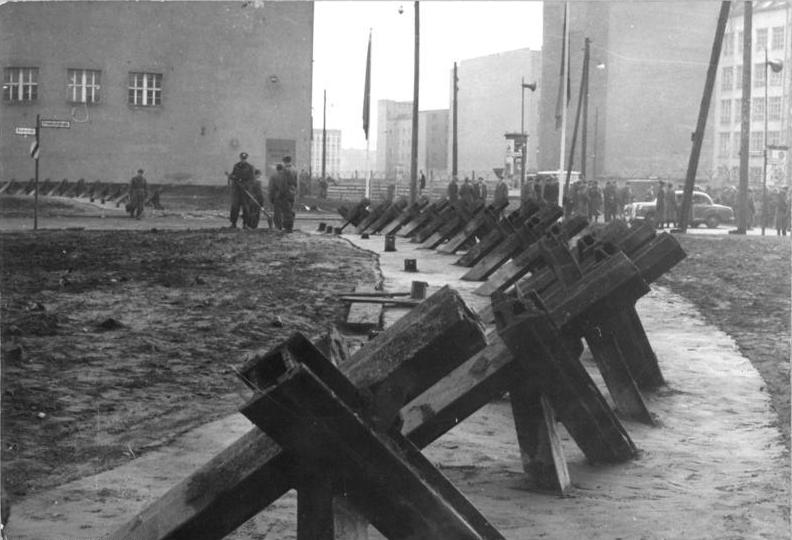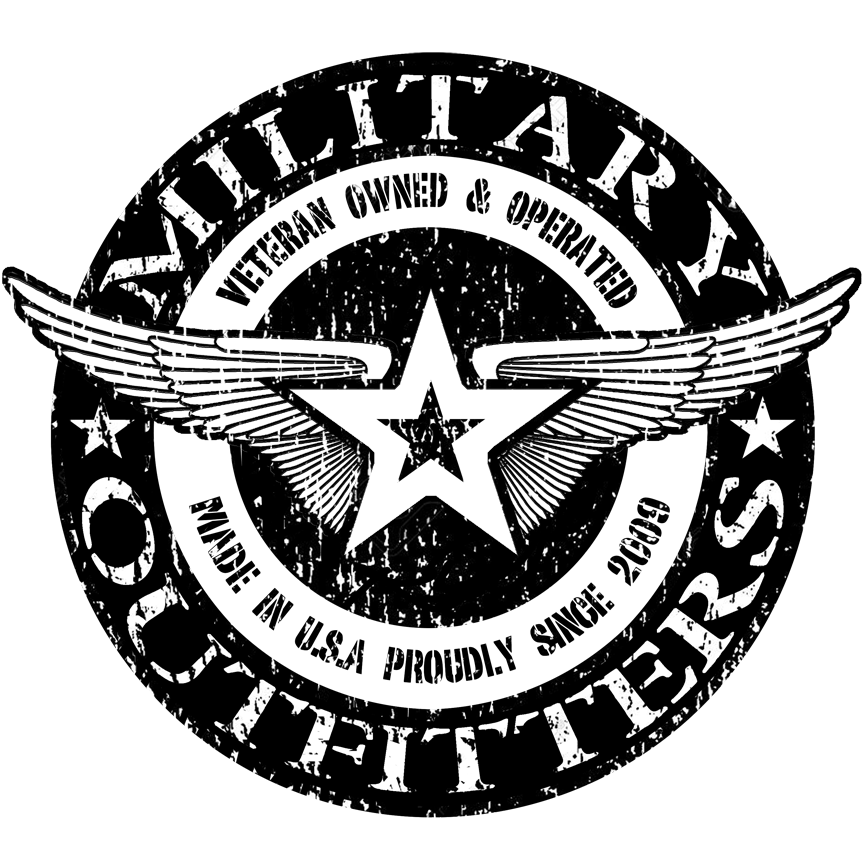There are a lot of opinion about the start of the Cold War, the length of it, what occurred during its tenure and ultimately who won and under what grounds did the winner achieve victory. We look at the Cold War Facts and Figures Revisited.
(Google) – When did the Cold War start and when did it finish?
The Cold War was the geopolitical, ideological, and economic struggle between two world superpowers, the USA and the USSR, that started in 1947 at the end of the Second World War and lasted until the dissolution of the Soviet Union on December 26, 1991.
Why is a Cold War called a Cold War?
Because the two countries never fought each other directly, it was called a “cold”war meaning there was no physical fighting. This is often debated. Movies like Top Gun suggested that the two countries whether in the air or on the sea or on land got pretty close at times and shots could have easily occurred. The main enemies were the United States and the Soviet Union. The Cold War got its name because both sides were afraid of fighting each other directly. In a “hot war,” nuclear weapons might destroy everything. So, instead, both sides fought each other indirectly.
How long did the Cold War last?
In 1945, one major war ended and another began. The Cold War lasted about 45 years. There were no direct military campaigns between the two main antagonists, the United States and the Soviet Union.
How did the Cold War end?
The shredding of the Iron Curtain. The end of the Cold War. When Mikhail Gorbachev assumed the reins of power in the Soviet Union in 1985, no one predicted the revolution he would bring. A dedicated reformer, Gorbachev introduced the policies of glasnost and perestroika to the USSR.
Who participated in the Cold War?
The Cold War was mainly between Western powers (the United States and its NATO allies) and the Easter Bloc powers (the Soviet Union and its Warsaw Pact allies). However, no communist nation was pro-Western during the cold war.
Highlights of the Cold War!
The Berlin Blockade
The US and Great Britain merged their western German occupation zones into into what was referred to as “Bizonia“ (1 January 1947,it was later termed “Trizonia” when France was added as a third zone in April 1949). As part of the economic rebuilding of Germany, in early 1948, representatives of a number of Western European governments and the United States announced an agreement for a merger of western German areas into a federal governmental system. In addition, in accordance with the Marshall Plan, they began to re-industrialize and rebuild the German economy, including the introduction of a new Deutsche Mark currency to replace the old Reichsmark currency that the Soviets had debased.
Shortly thereafter, Stalin instituted the Berlin Blockade (24 June 1948 – 12 May 1949), one of the first major crises of the Cold War, preventing food, materials and supplies from arriving in West Berlin. The United States, Britain, France, Canada, Australia, New Zealand and several other countries began the massive “Berlin airlift”, supplying West Berlin with food and other provisions.
The Soviets mounted a public relations campaign against the policy change. Once again the East Berlin communists attempted to disrupt the Berlin municipal elections (as they had done in the 1946 elections), which were held on 5 December 1948 and produced a turnout of 86.3% and an overwhelming victory for the non-communist parties. The results effectively divided the city into East and West versions of its former self. 300,000 Berliners demonstrated and urged the international airlift to continue, and US Air Force pilot Gail Halvorsen created “Operation Vittles”, which supplied candy to German children. In May 1949, Stalin backed down and lifted the blockade.
In 1952, Stalin repeatedly proposed a plan to unify East and West Germany under a single government chosen in elections supervised by the United Nations if the new Germany were to stay out of Western military alliances, but this proposal was turned down by the Western powers. Some sources dispute the sincerity of the proposal

Checkpoint Charlie – Not a friendly place.

(Wikipedia) Checkpoint Charlie (or “Checkpoint C“) was the name given by the Western Allies to the best-known Berlin Wall crossing point between East Berlin and West Berlin during the Cold War (1947–1991).
East German leader Walter Ulbricht agitated and maneuvered to get the Soviet Union’s permission to construct the Berlin Wall in 1961 to stop Eastern Bloc emigration and defection westward through the Soviet border system, preventing escape across the city sector border from communist East Berlin into West Berlin. Checkpoint Charlie became a symbol of the Cold War, representing the separation of East and West. Soviet and American tanks briefly faced each other at the location during the Berlin Crisis of 1961.
After the dissolution of the Eastern Bloc and the reunification of Germany, the building at Checkpoint Charlie became a tourist attraction. It is now located in the Allied Museum in the Dahlem neighborhood of Berlin.

The Fall Of the Berlin Wall

The Berlin Wall (German: Berliner Mauer) was a barrier (more like a military line of defense) that divided East and West Berlin from the years 1961 to 1989. First constructed by the German Democratic Republic (GDR, East Germany), beginning on 13 August 1961, the Berlin Wall completely cut off (by land) West Berlin from surrounding East Germany and from East Berlin until government officials opened it up in November 1989. Its official demolition started on 13 June 1990 and was finished in 1992. The barrier included military like items such guard towers placed along large concrete walls, which circumscribed a wide area (later known as the “death strip”) that contained anti-vehicle trenches, “fakir beds” and other defenses. The Eastern Bloc claimed that the Wall was erected to protect its population from fascist elements conspiring to prevent the “will of the people” in building a socialist state in East Germany. In practice, the Wall served to prevent the massive emigration and defection that had marked East Germany and the communist Eastern Bloc during the post-World War II period.
The Berlin Wall was officially referred to as the “Anti-Fascist Protective Wall” (German: Antifaschistischer Schutzwall) by GDR authorities, implying that the NATO countries and West Germany in particular were considered equal to “fascists” by GDR propaganda. The West Berlin city government sometimes referred to it as the “Wall of Shame”—a term coined by mayor Willy Brandt—while condemning the Wall’s restriction on freedom of movement. Along with the separate and much longer Inner German border (IGB), which demarcated the border between East and West Germany, it came to symbolize a physical marker of the “Iron Curtain” that separated Western Europe and the Eastern Bloc during the Cold War.
Before the Wall’s erection, 3.5 million East Germans circumvented Eastern Bloc emigration restrictions and defected from the GDR, many by crossing over the border from East Berlin into West Berlin; from which they could then travel to West Germany and other Western European countries. Between 1961 and 1989, the Wall prevented almost all such emigration. During this period, around 5,000 people attempted to escape over the Wall, with an estimated death toll ranging from 136 to more than 200 in and around Berlin.
In 1989, a series of radical political changes occurred in the Eastern Bloc, associated with the liberalization of the Eastern Bloc’s authoritarian systems and the erosion of political power in the pro-Soviet governments in nearby Poland and Hungary. After several weeks of civil unrest, the East German government announced on 9 November 1989 that all GDR citizens could visit West Germany and West Berlin. Crowds of East Germans crossed and climbed onto the Wall, joined by West Germans on the other side in a celebratory atmosphere. Over the next few weeks, euphoric people and souvenir hunters chipped away parts of the Wall; the governments later used industrial equipment to remove most of what was left. Contrary to popular belief the Wall’s actual demolition did not begin until the summer of 1990 and was not completed until 1992. The fall of the Berlin Wall paved the way for German reunification, which was formally concluded on 3 October 1990.
With the Cold War over and in the past but not forgotten we honor the men and women that served in our US military during these interesting times when ballistic missiles hunger over our heads, the threat of a hot war was in our thoughts and discussions and the warriors still lined up on the wall, answered the call and waited for trouble to occur. The Cold War Veteran designs was created in their honor.
For America’s Veterans that collect the finest challenge coins then one of the op end coins for Cold War Veterans is this 2.5 inch Magnum Cold War Veteran Flip Coin!




